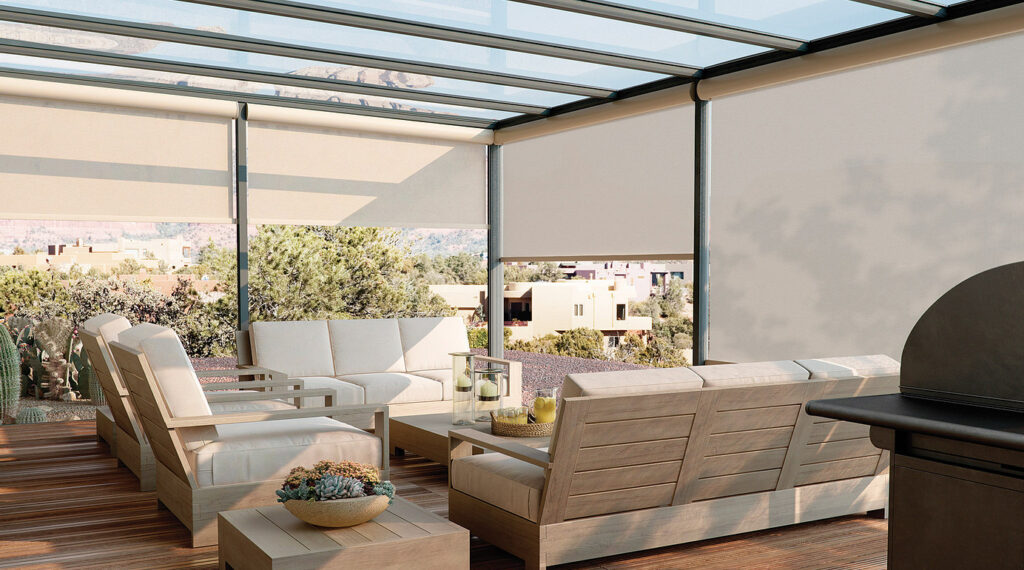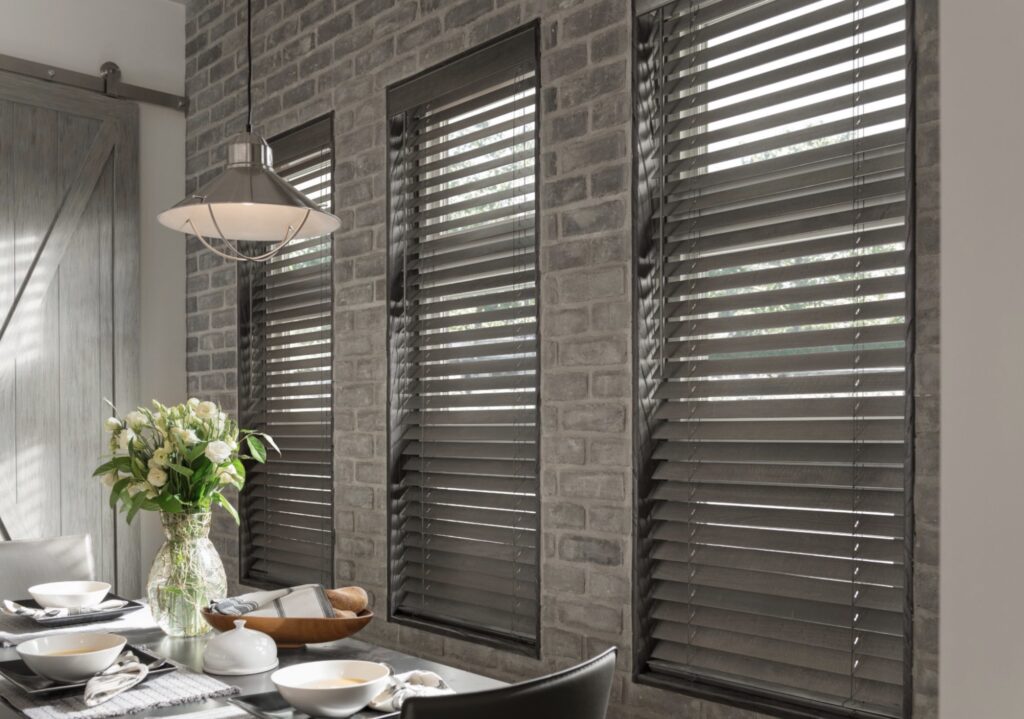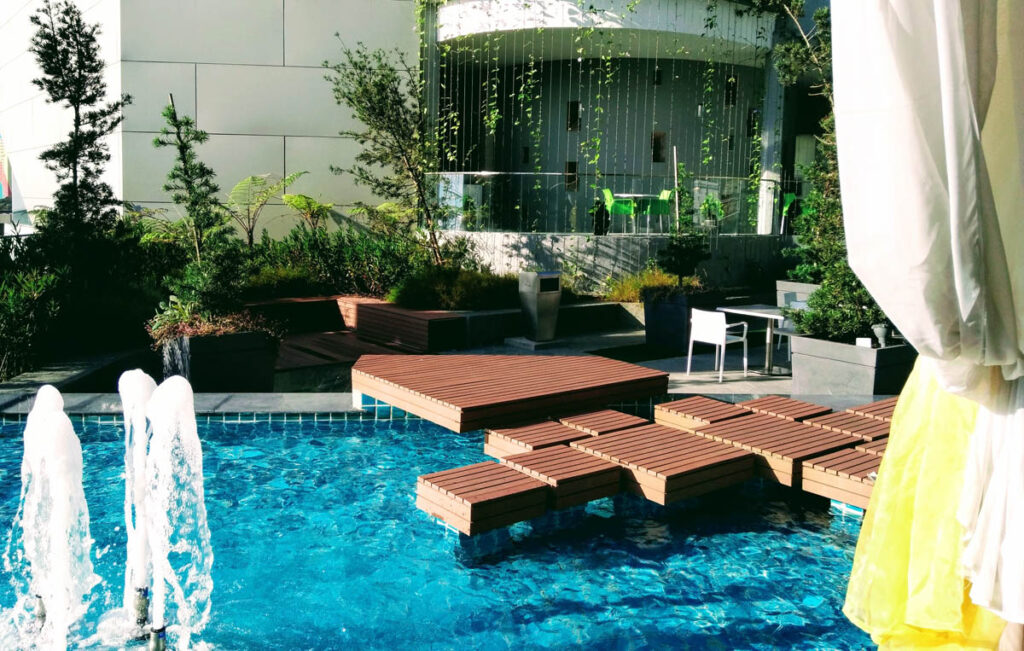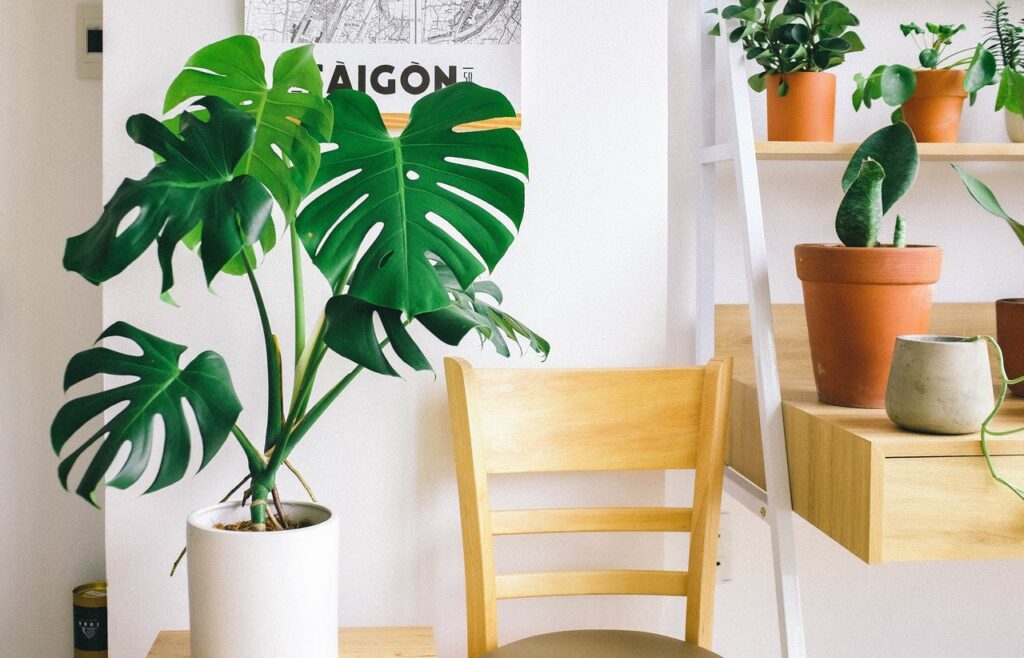The Science of Nature in Design
With the never-ending development of urban cities and increased technology around us everywhere we look, nature often seems further and further away from our homes. While there’s no denying a trip to the beach or mountains is good for the soul, there’s also no reason our homes shouldn’t also contain elements of those natural escapes that benefit us on a psychological level and improve our well-being. We hope you love science, because we’re about to dive into how studies have shown that nature in design is imperative for the healthiest, happiest of spaces!
Nature-based Design Is Needed In Today’s Life
Popularized by biologist Edward O. Wilson in the 1980’s, “biophilia” means a “love of life” and affinity for living things and the natural world. Biophilic design takes the aesthetics and tangible benefits of nature and works them into design to create an environment that is not only beautiful, but scientifically beneficial. Another take on this nature-inspired design is “Biomimicry”, which of course refers to mimicking biological elements, i.e. again, nature-inspired design.
As an increasing number of studies look into the effects of surrounding yourself in nature, some of the clear benefits include (but aren’t limited to):
- Reduction in stress levels and cortisol production
- Increase memory, retention, and overall cognitive performance
- Faster recovery after cognitively demanding tasks
- Overall better performance and increased productivity
- Reduction in depression and feelings of dejection
- Decreased blood pressure
- Lowered heart rates
- Increased creativity
- Increased energy during the day and better sleep at night
- Reduction in post-operative recovery times and pain medication requests in medical settings
- Higher accepted costs of rooms in hospitality industries
With so many benefits in a fast-paced and often-stressful world, it’s hard to overlook how impactful your home or office’s design can truly be. A study in Japan comparing physical and emotional responses to wood versus steel panels found that while wood reduced depression-like emotions or had the potential to reduce blood pressure, viewing the steel panels actually had the opposite affect – it increased feelings of depression and even increased blood pressure. So it’s not simply that adding nature can make your space better for you, but that a lack of it could potentially be harmful.
“Incorporating nature into the built environment is not just a luxury, but a sound economic investment in health and productivity, based on well-researched neurological and physiological evidence.”
Terrapin Bright Green, LLC “The Economics of Biophilia: Why Designing with Nature in Mind Makes Financial Sense,” 2012.
Intrigued yet? We know we are. It’s one thing to know nature is relaxing, but quite another to know that it can be so impactful that many hospitals, schools, offices, and even warehouses are altering their design to take advantage of its scientifically-proven benefits. So what elements of nature hold what benefits? Read on.

The psychology of needed sunlight
It’s no surprise that we’d start with light – after all, we’re in charge of the windows and the light that comes into your home or business through them, or even the sun you’re exposed to when you’re on your patio or porch!
As a result, this is a topic we’ve written plenty on in the past, on everything from how light affects your sleep, how direct UV rays can impact your home and even your skin while indoors, and even which lightbulbs are best in different spaces in order to improve your mood and function within each room. We could make this article solely about light, but instead we encourage you to read some of the articles we’ve linked that break down the details of the element of light in design that interests or affects you the most.
The simplified takeaway is this – natural light is necessary for your brain to function at its best and your mood to be as bright as possible. Living in sunny LA means sunlight is never hard to find, just necessary to bring indoors with some planning. Allowing yourself exposure (with UV protection) to natural light in the early morning through the early evening is going to simply make you feel better, enhance your body’s natural rhythm to improve your sleep, and help you concentrate and succeed better at both work and home tasks. Businesses add glass walls more than ever, and even glass railings, mirrors designed to reflect light around the interior, and skylights not because they’re lovers of light as much as because the benefits for their employees in terms of productivity and mood are worth the investment. Schools are adding more light after studies show even increased test results in students and improved attitudes during the day. The US Department of Energy created “National Best Practices Manual For Building High Performance Schools” that places natural light as a cornerstone of school design.
Who doesn’t like better performing and happier kids and employees? If businesses are investing into sunlight because of the benefits, it stands to easily reason that your home deserves to be as filled with light as modern workplaces are striving to be.

Why wood & natural materials reign supreme
Modern style took a hard turn towards minimalist, clean, and even industrial design. However studies show that design of that type may actually make people feel uncomfortable or stressed. To each their own, of course, but a home in which you feel stressed is never going to be as relaxing as you deserve. Finding a balance in natural materials and modern design is possible and necessary for ideal mental health, and even healing.
Studies have looked into imitation wood products and found that favorable effects of natural wood simply can’t be mimicked. While the exact reason that wood is such magic for our mental health isn’t entirely understood, the results are undeniable. Leaving wood grain of natural wood visible in walls, ceilings, furniture, even things like art frames helps support your mental health and cognition. In classrooms with whole-wood interiors, the normal morning-level stress in students (measured by heartrate) subsided soon after arriving at school. In non-wood environments, the mild level of stress didn’t lower throughout the day. Hospitals, daycares, health centers, waiting rooms, and even day cares are utilizing visible wood grain wherever possible in design now and seeing increased healing times, reductions in stress and pain, and calming effects.
Anywhere you have the option to retain wood grain, whether in your ceiling beams, window coverings, or furniture, take it. It’s only going to be good for you!

Water is like liquid calm
Everyone loves a good water feature. There’s an entire annual conference called Blue Mind around water’s effect on people. Researchers, neuroscientists, and even the founding marine biologist are dedicated to finding out the details of why we love water so much, and why it’s so good for us.
A simple home waterfall, for example, is an easy example of a water feature you can incorporate at home. Whether large scale and feeding into your pool, or a tabletop fountain, the results are the same. Simply hearing the sound of water reduces stress levels. It creates a sense of calmness and relaxation. It gives a hit of dopamine, lowers blood pressure and lactate levels, and reduces stress. There’s good reason we sit out next to our pools to relax!
Psychologically, having a pond, fountain, stream, or waterfall promotes calmness, focus, creativity, better sleep, and overall positive moods. It even increases empathy! Even simply hearing running water nets these benefits (unless it’s a broken pipe or leaking faucet, of course). Sitting by running water and looking at it reduces cortisol and epinephrine which are our “stress hormones” and responsible for not only stress and anxiety, but even health ailments. It also boosts serotonin levels, those happiness hormones that help increase positive emotions, but even energy, concentration, and alertness.
Whether you’re the water wall, fountain, or fish tank type (how about a live tank of sharks?), adding some running water feature into your life is worth the effort.

benefits of Plants & Greenery in design
Typically when we discuss nature in design, lots of us think of plants. With good reason! Plants literally clean our air. Air pollution indoors can be higher than outdoors and even lead to headaches, dizziness and loss of concentration. Scientists have identified over 300 toxins (called volatile organic compounds) in indoor air. Plants help remove them, often at staggering rates. One study found plants removed high doses of benzene within 24 hours.
Gardening isn’t just popular for the aesthetic, physical exercise, or resulting produce either. A study of women who interacted with flowers both in a garden or even in a vase found improved mood up to three days after the last interaction with lower cortisol levels. Kids that gardened not only performed better on science tests, but they also had boosted self esteem. Elderly patients with flowers in their rooms reported brighter moods and even had improved episodic memory. Simply looking at plants and flowers, indoors and outdoors, reduces stress, creates more feelings of relaxation, and even strengthens attention span, concentration, and ability to learn. Even in hospitals, post-surgical patients in rooms with live plants had more positive mindsets, lower blood pressure, and lower ratings of pain, anxiety, and fatigue. They also rated their trust and relations with hospital staff higher, while decreasing recovery time.
If you’re not a green thumb, take heart – even photos or patterns of plants have positive benefits, especially if there’s the impression of movement (think grass blowing in the wind) in the static image. While it won’t clean your air, it’s still going to be positive for you to see nature in your everyday life.
Nature is positive for your health and wellbeing
We could keep going on this topic all day, but we’ll spare you! Hopefully by now you see that even simplistic versions of nature, like a fountain, a visible wood grain, and some natural light are scientifically proven ways to make your spaces more positive. Improve your mental well-being and even physical health while making your home even more beautiful by adding nature.
Need some more inspiration on how to incorporate nature into your design? Take a peek at our image guide to natural design.
